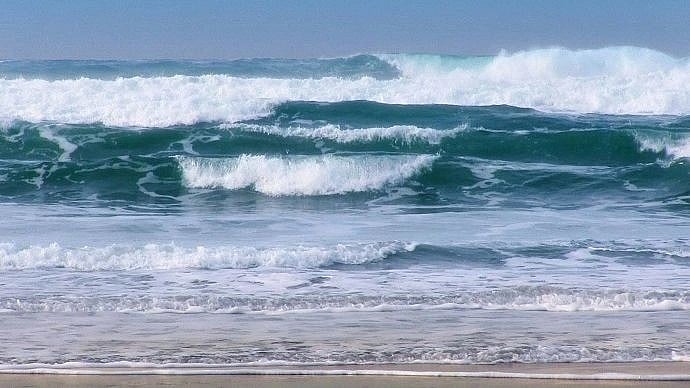On the morning of December 26, 2004, a massive undersea earthquake struck off the coast of Sumatra, Indonesia. The earthquake, which had a magnitude of 9.1, was the largest recorded earthquake in the Indian Ocean and one of the largest earthquakes ever recorded in the world. It caused the sea floor to rise and fall, creating a series of huge waves known as tsunamis. These waves traveled across the Indian Ocean and affected numerous countries, including Indonesia, Sri Lanka, India, and Thailand.The tsunami caused widespread destruction and loss of life in the affected areas. In Indonesia alone, more than 220,000 people were killed, and many more were left homeless.
The tsunami caused widespread destruction and loss of life in the affected areas. In Indonesia alone, more than 220,000 people were killed, and many more were left homeless. The total death toll from the disaster is estimated to be around 3,00,000, making it one of the deadliest natural disasters in recorded history. The tsunami also had a significant economic impact, with damages estimated at billions of dollars.
The Indian Ocean tsunami of 2004 was a devastating natural disaster that had a profound impact on the lives of millions of people in the affected countries. It serves as a reminder of the power of nature and the importance of being prepared for natural disasters. While we can't always prevent these kinds of disasters from occurring, we can work to reduce their impact through better planning and response efforts.
12,405 people died here in India, including 107 in Andhra Pradesh, 177 in Kerala, 8009 in Tamil Nadu, 599 in Pondicherry and 3513 in Andaman & Nicobar Islands were in India. 14 Indians abroad; 13 in Sri Lanka and 1 in Maldives also lost their lives.









